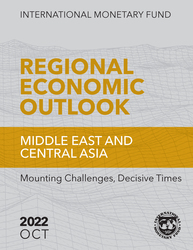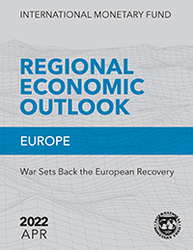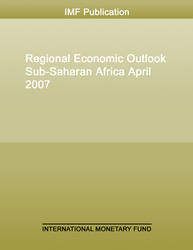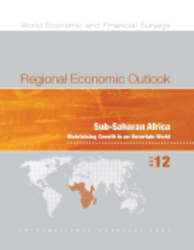
Regional Economic Outlook: Middle East and Central Asia: Mounting Challenges, Decisive Times
In a worsening global environment, economies in the Middle East and Central Asia are being buffeted by a confluence of shocks: a global slowdown, high and volatile food and energy prices, stronger than expected tightening of financial conditions, and the risk of fragmentation.
READ MORE...
Publication date: October 2022
ISBN: 9798400220654
$20.00
Add to Cart by clicking price of the language and format you'd like to purchase
Available Languages and Formats
| Arabic | |||
| English | |||
| French | |||
| Russian |
Prices in red indicate formats that are not yet available but are forthcoming.
Topics covered in this book
This title contains information about the following subjects.
Click on a subject if you would like to see other titles with the same subjects.
Economics- Macroeconomics , International - Economics , inflation , financing conditions , financial risks , global commodity prices , COVID-19 , war in Ukraine , poverty , inequality
Summary
In a worsening global environment, economies in the Middle East and Central Asia are being buffeted by a confluence of shocks: a global slowdown, high and volatile food and energy prices, faster and stronger than expected tightening of financial conditions, and the risk of fragmentation. The region’s emerging market and middle-income economies (EM&MIs) and low-income countries (LICs) are hit hard, with many facing curtailed access to market financing, while oil-exporting countries are being buffered by still-high energy prices. The adverse impact of Russia’s war in Ukraine on the Caucasus and Central Asia (CCA) has thus far been milder than expected. Still, the CCA’s strong ties to Russia entail substantial risks to the region’s outlook. The most urgent policy challenge for all countries is to tackle the cost-of-living crisis by restoring price stability, protecting vulnerable groups through targeted support, and ensuring food security. Policy trade-offs in EM&MIs and LICs have become more pronounced than ever, as they also need to preserve debt sustainability and financial stability. Oil exporters have the opportunity to maximize the benefits of the oil windfall by building buffers and advancing their diversification plans. CCA countries should carefully assess the magnitude and durability of the initial spillovers from the war in Ukraine and adjust their policy mix accordingly. Limited policy space in many countries raises the urgency of structural reforms to bolster economic growth while transforming economies to become more resilient, sustainable, diversified, and inclusive.
Copyright © 2010 - 2026
Powered by:
AIDC



